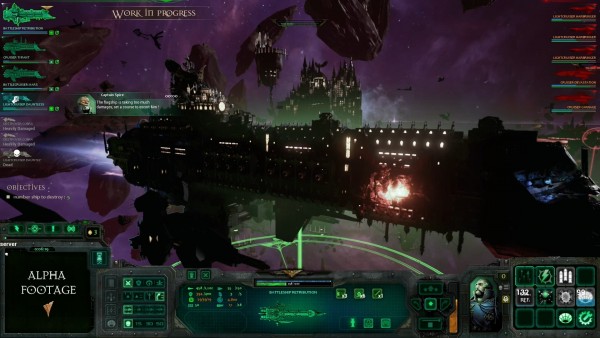

Star systems have at most five colonizable planets, and a few have none. : 18–21 Each government can be upgraded once by research. The Race Customization screen treats Feudalism as a significant disadvantage. Feudalism provides a large reduction in spaceship construction costs, but suffers from very slow research. Unification governments provide advantages in farming and industrial output and defense against espionage, but do not benefit from morale and assimilate conquered aliens at the slowest rate. Democracies also cannot annihilate conquered aliens, but do have the fastest assimilation rate. : 16 Democracy provides major advantages in research and wealth generation, but is the most vulnerable to spying and sabotage.

: 16 Dictatorships are the most common governments for the pre-defined races, : 13–15 costing no picks while providing appropriately minor bonuses and penalties. The player chooses the empire's form of government, : 22–24 which has almost as much influence on how it performs as the choices described above, but the "best" governments cost a lot of picks. : 16–24 The race design system also offers "special abilities" that have various effects on various aspects of their effectiveness. Most of the options are major or minor advantages and minor disadvantages in farming, industry, research, population growth, money, space combat, espionage and ground combat. Choosing advantageous traits reduces the number of picks available, while choosing disadvantages increases them, but players cannot choose more than ten picks' worth of disadvantages. Each player starts with ten "picks" (race design points).

The game also allows players to create custom races, : 132 and a group of enthusiasts regard race design as a crucial element of strategy. Master of Orion II provides 13 pre-defined playable races, : 16–21 three of which are additions to those available in Master of Orion. : 144 : 3 Conquering the Orion star system does not automatically win the game, although doing so provides the powerful Avenger starship and several non-researchable Antaran technologies that make winning much easier. : 145 : 2 To seek out and defeat the Antarans, a player needs to carry the battle to the Antaran homeworld through a Dimensional Portal. To be elected, a player needs two-thirds of the total votes, and each empire's votes are based on the population under its control. There are three routes to victory: conquer all opponents be elected as the supreme leader of the galaxy or make a successful assault against the Antaran homeworld. Victory can be gained by military or diplomatic means. Multiplayer mode includes one-on-one matches and games with up to eight players. With the right technology, players can now destroy planets outright.

In tactical combat, spaceships can now turn direction and marines can board enemy ships. Food, and the need to balance it, is introduced into the economy. Instead of the one planet per star system found in Master of Orion there are now multiplanet star systems that can be shared with opponents. Three new alien races have been added, and the option for players to design their own custom race. Master of Orion II is more complex than Master of Orion, incorporating some game mechanics from Master of Magic as well as new gameplay options. The main screen: the pop-up window displays information about a specific star system, while the large window under it displays the galaxy as a whole.


 0 kommentar(er)
0 kommentar(er)
